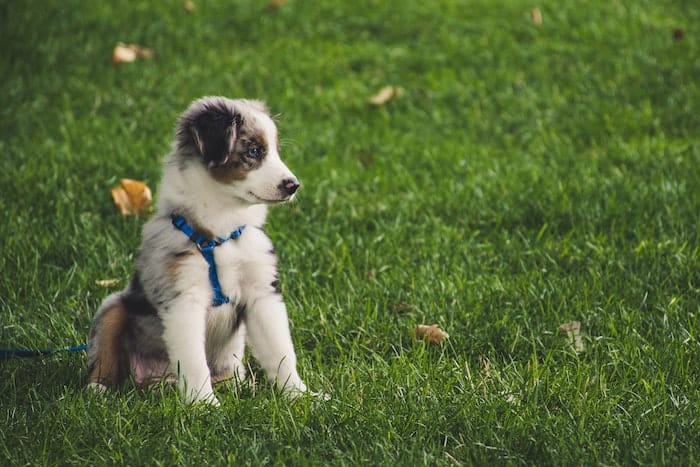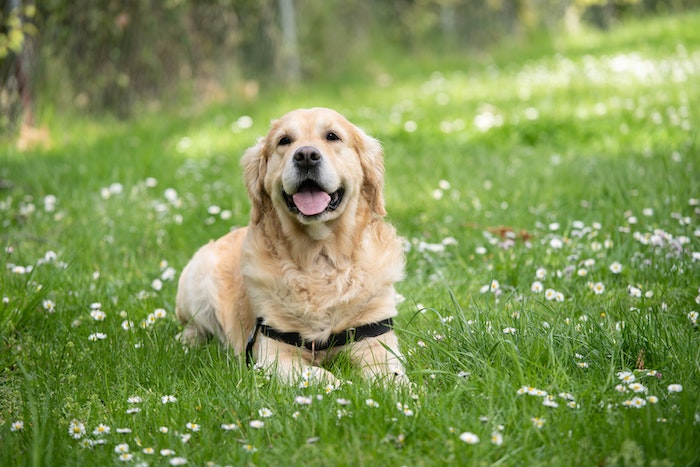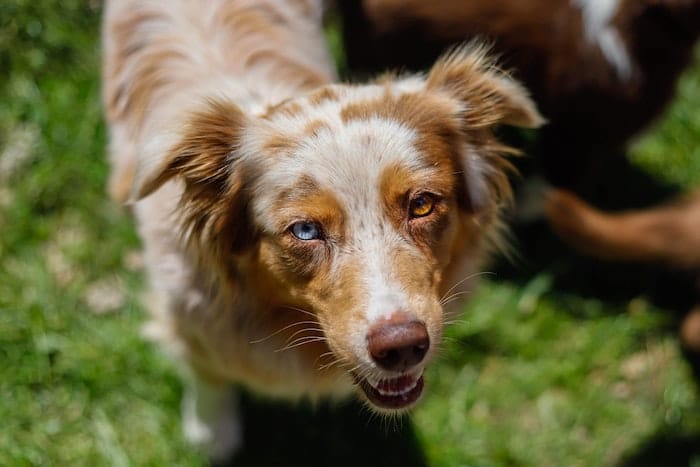Dog training doesn’t have to be difficult, so long as you’ve got some great tips to fall back on. Dogs are intelligent creatures, so it’s just a matter of knowing what to do and what not to do.
Sometimes all it takes is a slight adjustment here and there to make training that much easier. And these 12 dog training tips are just the advice to help you become the best dog owner you can be!

Keep Training Sessions Short
Dog training sessions should be kept short. The longer a session, the less effective it becomes, and your dog will start to lose interest in what you’re trying to teach him.
When starting with a new dog, keep your sessions under 10 minutes. Once your dog starts to get the hang of things, feel free to go up from there—but keep them as short as possible throughout the entire process.
Use Positive Reinforcement
It’s simple: if your dog does something good, give them a treat. If they do something terrible, ignore it. This works because dogs are motivated by positive reinforcement and repeat behaviors that make them feel good.
This is why giving your dog a treat is so important—if you can get them to associate good behavior with treats, they’ll be more likely to repeat that behavior when you ask them to do it.
Relax and Read Materials About Dog Training
You’re probably thinking of a million things you must do now and wonder how you’ll get them all done. We know that feeling, too! But we also know that there’s one thing you can do to make the rest of your day easier: relax.
All joking aside, take a few minutes to relax if you’re feeling stressed or overwhelmed. Take a deep breath in through your nose and let it out slowly through your mouth. Feel yourself letting go of any tension as you exhale. Repeat until you feel less stressed and more focused on getting things done.
And don’t forget that you can always read other materials about training your dog if you feel that what you do is insufficient. There is Modern Dog Magazine Training that you can read for additional tips and tricks to help you train your dog successfully and make every training session manageable.

Start Obedience Training Early
You can help your puppy learn to behave better by starting obedience training as early as possible.
For example, if you want your dog to walk on a leash without pulling, begin when he’s young so he’ll be used to it. You can also teach him basic commands like “sit” and “stay” while he’s still young.
This will make training easier for both of you later on!
Always Train Your Dog in a Distraction-Free Environment
Training your dog in a distraction-free environment is the most important thing you can do.
Dogs learn best when they can focus on what you’re teaching them; distractions make this problematic. That’s why it’s so important to train your dog in an environment where no other dogs, cats, or other people are around—and where there are no toys or food on the ground.
If you can’t find a way to ensure no distractions during your training sessions, consider hiring a professional trainer to help you get started with basic obedience commands like sit, stay, and lie down.
Train in Different Locations
Training in different locations is a great way to prepare your dog for any situation. Not only does it help them learn how to behave at home, but it also helps them be ready for the wide variety of problems they might encounter when out and about.
For example, if you train in several public places, such as a park or an indoor shopping mall, your dog will be more likely to stay calm and focused during walks when encountering unfamiliar people or places.

Use a Long Leash When Training Outdoors
A long leash is a tool that will help keep your dog close by while still giving them room to explore and play. It’s a great way to provide them some freedom while keeping them safe, so you don’t have to worry about them getting into traffic or getting lost in the park.
When using a long leash like this, hold onto the end of it so that your dog can’t lunge forward without dragging you along with them.
You want to be able to control how far away from each other you are at all times—that’s where this type of leash comes in handy!
Make Sure You’re the Center of Attention at Home
When you’re training your dog, it’s essential to ensure they know what you want them to do. You can do this by providing they pay attention to you and not to anything else around them.
If your dog is distracted by something else in the room, then it will not be able to focus on learning to obey your commands.
The best way to get their attention is by making yourself their focus point by calling out their name or saying “Watch me” when you want them to look at you.
End on a High Note Every Time
You need to end on a positive note every time you train your dog, even if it takes longer than usual for them to learn what you are trying to teach them.
If you don’t end on a high note and then make them wait until the next time before they get rewarded, they will lose interest in what you are trying to teach them.
This is why you need to end each session with something positive, even if it takes longer for your dog to learn something new or if they have trouble understanding something at first.
Practice, Practice, Practice!
The more you practice, the better your dog will understand and follow commands. The best way to do this is by making sure that you’re always practicing with your dog.
If you have a few minutes before work in the morning, try practicing a new command with your dog. If you come home from work, try practicing again. The more often you practice, the more quickly your dog will learn!
Be Consistent with Your Corrections and Reinforcements
If you want your dog to understand you, you must be consistent. If you tell them “no” once and then let it slide the next time they do it, they won’t understand what you mean.
Or worse, they might think that it’s acceptable for them to misbehave when you’re mad (or stressed or busy).
Be Patient
No matter how often you’ve tried to get your dog to sit, stay, or come over to you, it doesn’t work. If you feel like giving up on training your dog altogether, don’t! You need to be patient.
The best way to train dogs is by rewarding them for good behavior and ignoring bad behavior. To do this, you need to give them time. Your dog may not understand what exactly it is that you want from them in the beginning, so you must provide them with time to figure it out on their own.
If your dog seems confused about what you’re asking them to do, don’t get frustrated—just be patient and keep doing what you were doing before.
Final Thoughts
Dogs are amazing creatures, and there are many fun ways to train them. Dogs deserve respect and proper training while they learn how to act in the real world.
So, it is crucial to bring them up appropriately so that when you take them out for physical activities, they know what they should be doing and how they should be doing it.
Related Reading
